Ever noticed how new neighborhoods often look like someone hit copy-paste on the same house design over and over?
This cookie-cutter approach to home building isn’t just a coincidence – it’s happening for very specific reasons. From saving money to meeting regulations, builders have many motivations for creating these lookalike communities.
1. Cost Efficiency
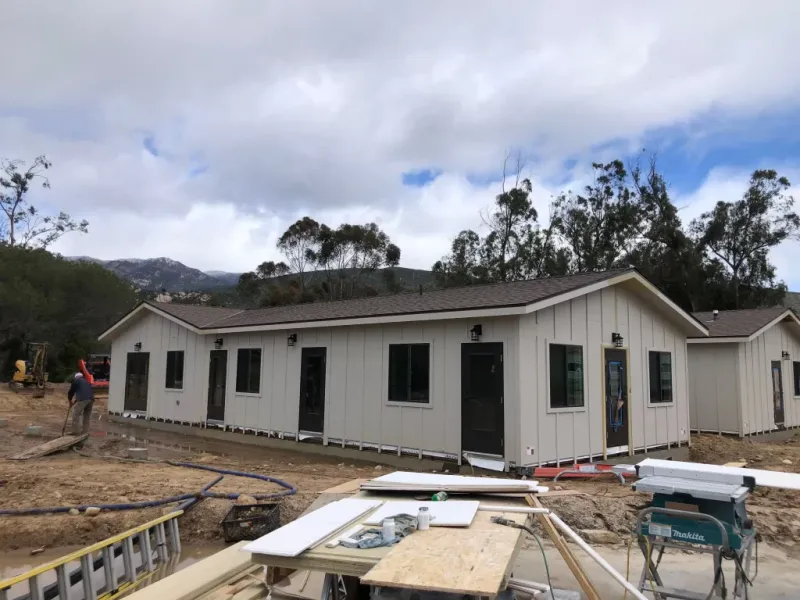
Money talks in the construction world! When builders use the same design repeatedly, they purchase materials in bulk and save serious cash.
Construction crews also become faster with each identical house they build, reducing labor costs dramatically. These savings might even get passed down to homebuyers, making those similar-looking houses more affordable than custom designs.
2. Builder Templates

Think of builder templates as the greatest hits album of house designs. Companies invest in creating these proven floor plans that sell well and minimize construction headaches.
Why reinvent the wheel with each new house? Once a builder has a winning design that buyers like and workers can build efficiently, they’ll naturally use it throughout an entire development rather than starting from scratch.
3. Zoning Regulations
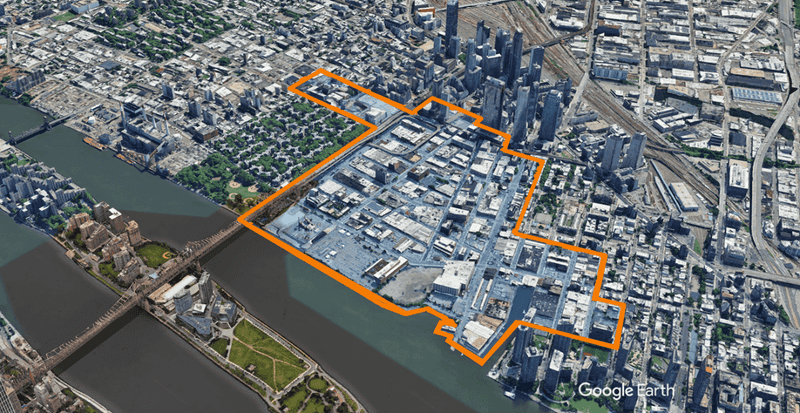
Your local government has more say in your neighborhood’s appearance than you might realize! Strict zoning laws often dictate everything from house height to how far homes must sit from the street.
When developers face identical restrictions across an entire subdivision, the resulting houses naturally look similar. These regulations aim to create orderly communities but inadvertently contribute to that copy-paste neighborhood feel we’ve all seen.
4. Material Availability
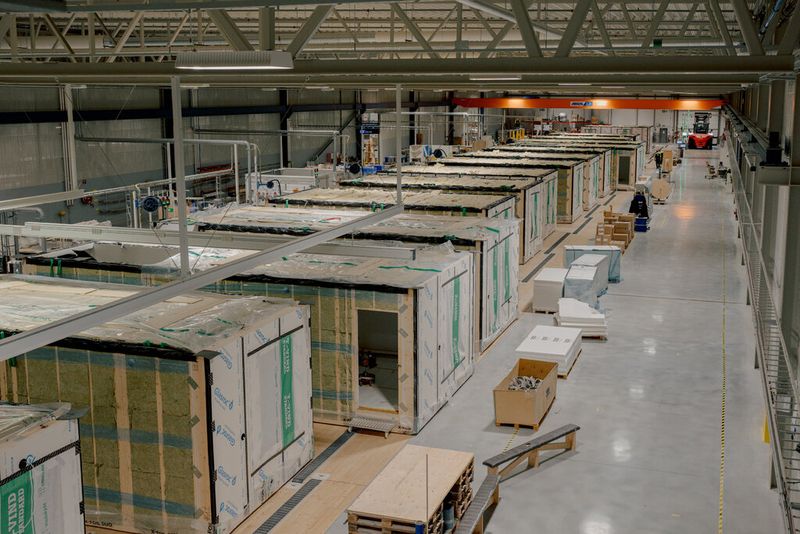
Supply chain limitations play a surprisingly big role in why your neighborhood might look like a clone army. When certain materials become the industry standard, builders naturally gravitate toward them.
During construction booms, popular materials like specific brick types or window styles become what’s readily available. Rather than delaying projects waiting for unique options, builders use what they can get their hands on quickly, creating visual similarity across developments.
5. Speed of Construction

In the race to finish neighborhoods, repetition wins every time. Construction crews work significantly faster when building the same house design repeatedly, becoming almost like a well-oiled machine.
Workers develop muscle memory for measurements and processes, eliminating the learning curve that comes with each unique design. For developers racing against interest rates and market changes, this time-saving approach makes perfect business sense, even if it creates visual monotony.
6. Market Demand
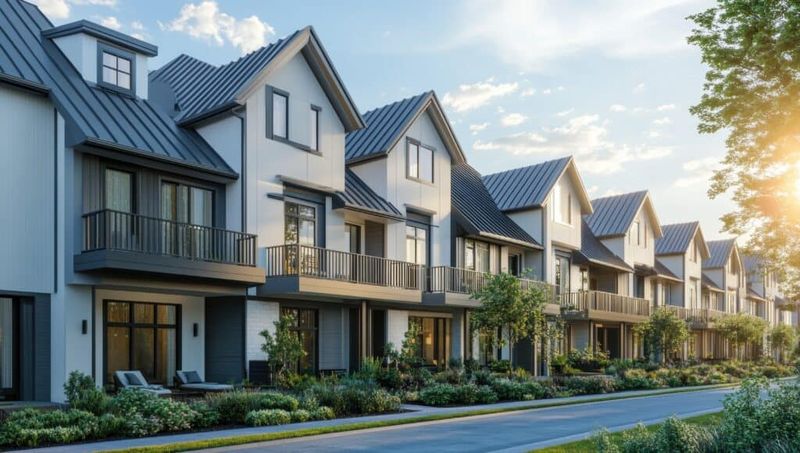
Surprisingly, many homebuyers actually prefer the predictability of cookie-cutter neighborhoods. Market research shows that certain home styles consistently sell better than others in specific regions.
Builders aren’t just being lazy – they’re responding to what buyers actually want. When house-hunters consistently choose the same floor plans and exterior styles, developers double down on those popular designs rather than experimenting with unproven concepts.
7. Developer Control
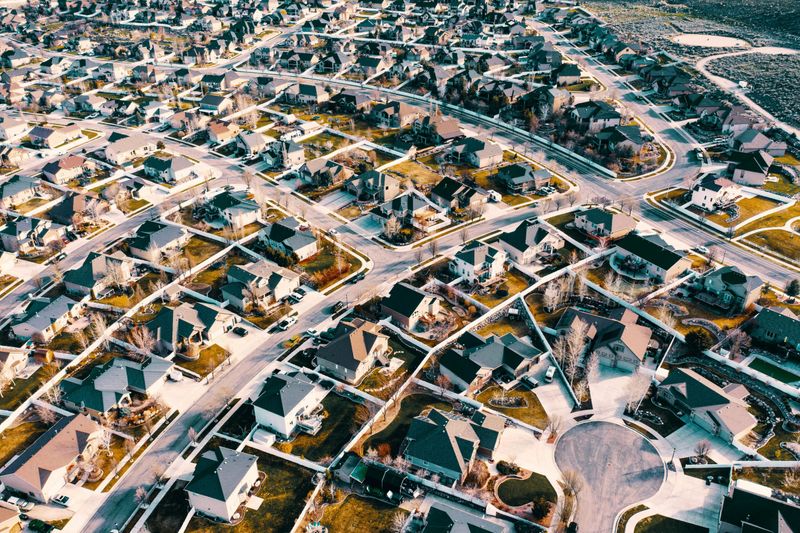
Behind many cookie-cutter neighborhoods stands a developer with a specific vision – and tight control. By limiting design variations, they maintain predictable budgets and timelines while creating a consistent neighborhood aesthetic.
This approach minimizes surprises during construction and helps establish a recognizable brand for their developments. While it might seem creatively restrictive, this control helps developments proceed smoothly from planning to completion without the chaos of unlimited design options.
8. Limited Architect Input
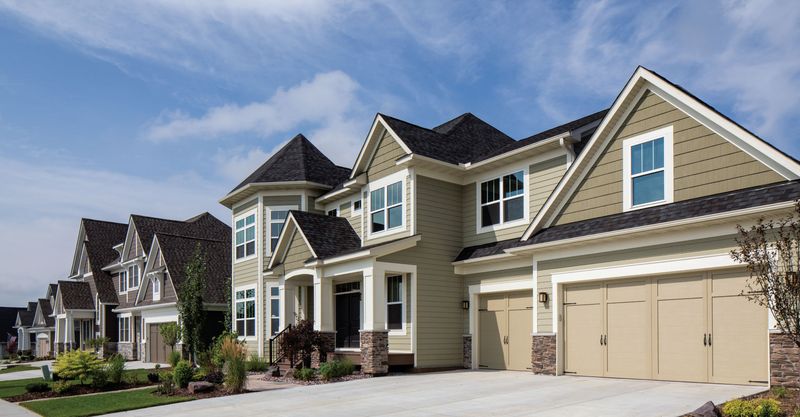
Many new developments minimize or completely eliminate individual architect involvement to keep prices competitive in the mass-market housing segment.
Instead of unique designs for each home, developments often use a handful of pre-approved plans slightly modified to create an illusion of variety. Without architects creating distinct visions for each property, the result is naturally more uniform neighborhoods with subtle variations rather than true diversity.
9. Homebuyer Expectations

Would you believe many homebuyers actually fear standing out too much? Psychology studies show that people often prefer fitting in with their neighbors, especially in new communities where social connections are just forming.
Houses that look dramatically different can feel risky to buyers concerned about resale value or neighborhood acceptance. This consumer psychology pushes developers toward safe, similar designs rather than architectural experiments that might limit their potential buyer pool.
10. Neighborhood Cohesion
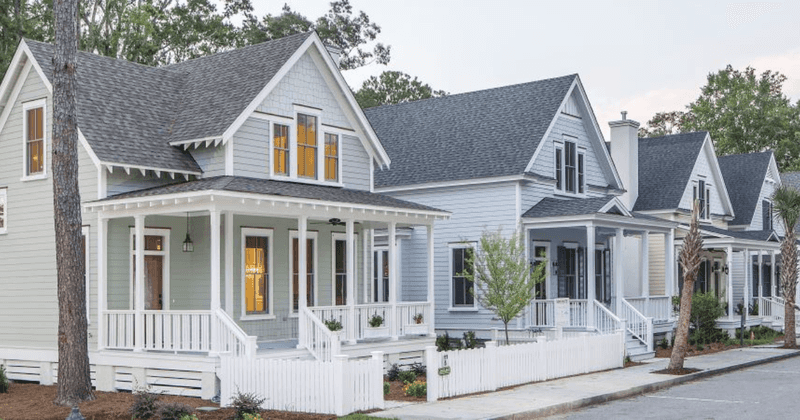
Visual harmony isn’t just about aesthetics – it can create a sense of community! When houses share similar styles, neighborhoods often feel more cohesive and intentionally designed rather than random collections of buildings.
This architectural consistency helps establish neighborhood identity and can even strengthen property values. While excessive uniformity becomes boring, some degree of visual connection between homes helps create that coveted “neighborhood feel” that many homebuyers specifically seek.
11. Standardized Floor Plans

Ever played with building blocks as a kid? Developers essentially do the same thing with standardized floor plans, combining proven layouts in slightly different configurations to create “new” designs without starting from scratch.
These modular approaches allow for minor variations while keeping the core structure identical. By limiting floor plan options to a handful of pre-tested designs, builders create neighborhoods that naturally look similar from both outside and inside.
12. Reduced Design Costs
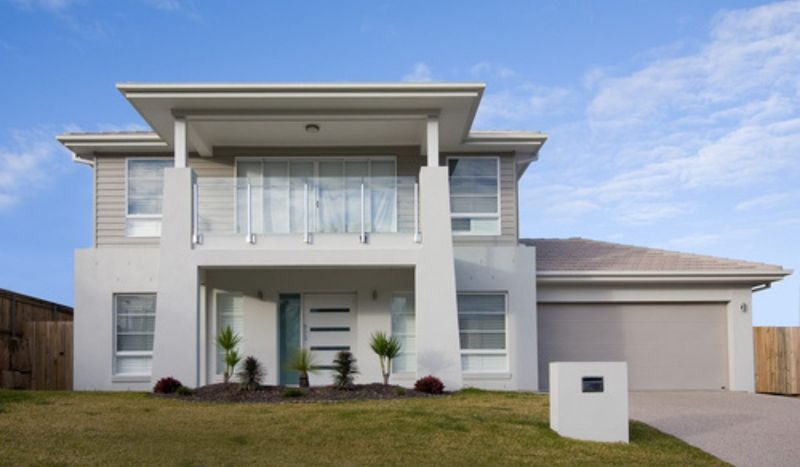
Creating unique home designs isn’t just expensive – it’s time-consuming. By recycling the same few designs across entire neighborhoods, developers slash architectural and engineering expenses dramatically.
Each new house design requires structural engineering, detailed blueprints, and regulatory approvals. When these costs can be spread across dozens or hundreds of nearly identical homes, the savings add up quickly, making cookie-cutter designs financially attractive to builders.
13. Building Code Compliance
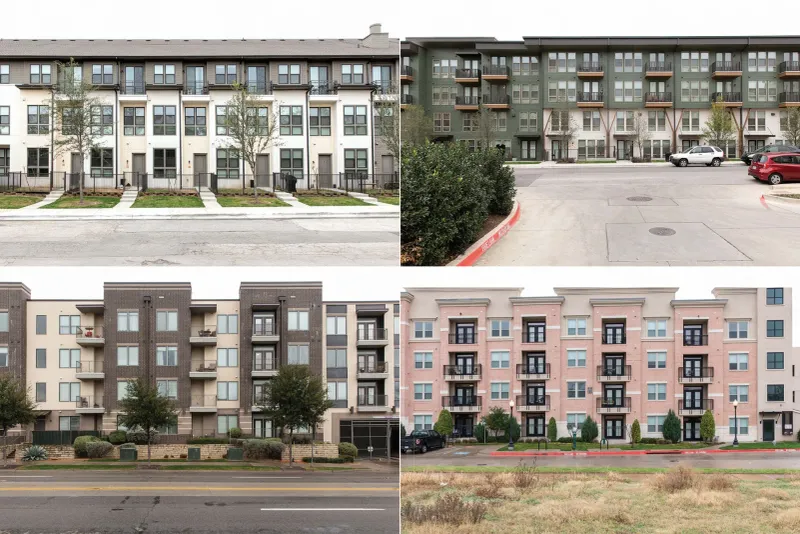
Navigating building codes feels like solving a complex puzzle for developers! Once they find a design that satisfies all local regulations, they’re understandably reluctant to create new plans that might trigger additional scrutiny.
Code-compliant designs become valuable templates used repeatedly throughout developments. This approach streamlines the permitting process significantly, as inspectors become familiar with the recurring designs and can approve them more quickly.
14. Repeatable Construction Methods
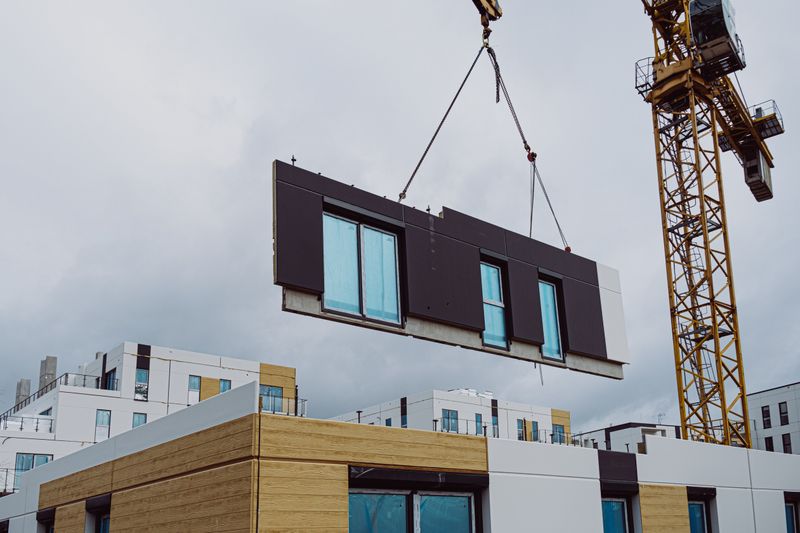
Construction crews thrive on consistency. When workers build essentially the same house over and over, they develop specialized skills and efficient workflows impossible to achieve with constantly changing designs.
This repetition creates an almost assembly-line efficiency where specific teams handle identical tasks across multiple houses. Framers, electricians, and plumbers can move from house to house performing the exact same work, dramatically reducing mistakes and speeding up the entire construction process.
15. Resale Value Focus
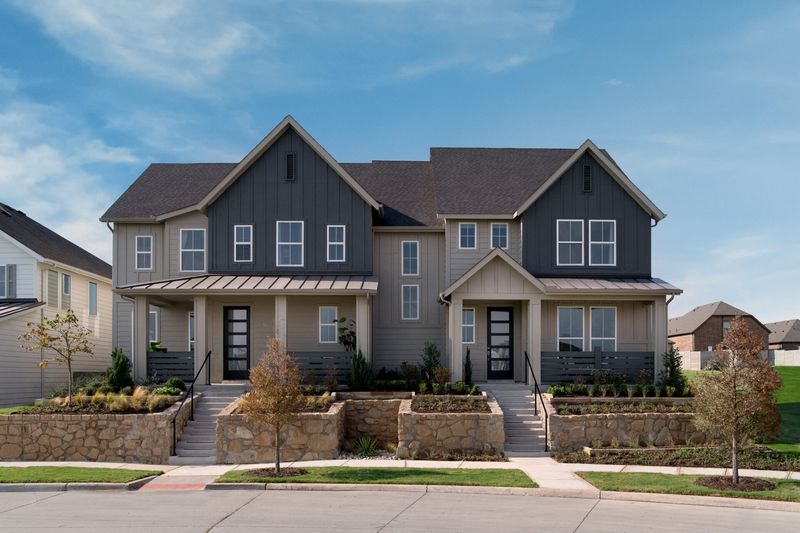
Real estate professionals often advise that highly unique or unusual homes can be harder to sell than those matching neighborhood norms.
Developers understand this market reality and intentionally create homes with broad appeal rather than distinctive designs. While architectural diversity might be visually interesting, it introduces market uncertainty that developers and their financial backers prefer to avoid.

